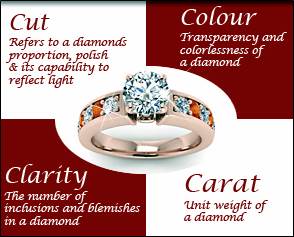Get “In Pro Per” Claims Off The Books
You know the claims I’m talking about: the really old claims where the Injured Worker is representing himself/herself. Let’s call them “in pro per”s. Active in pro pers file one court paper after another, causing the insurer or self-insured employer to fund what seems like a never-ending stream of money to send a representative to the Board. The in pro per’s papers may not state a recognizable claim. Pressed for time, the Information and Assistance officer may give the in pro per short shrift. Defense attorneys with varying degrees of patience usually do, too.
But what if what the parties really need is a sort of an interpreter, a mediator.
Mediating an in pro per’s claim demonstrates respect for the in pro per. The feeling of lack of respect and inability to get heard is often what drives the in pro per to keep summoning the employer to court.
“Why would I waste time and money on a worthless claim?” you may ask. Because you’re spending time and money now, and mediation is a way to end that endless cycle.









